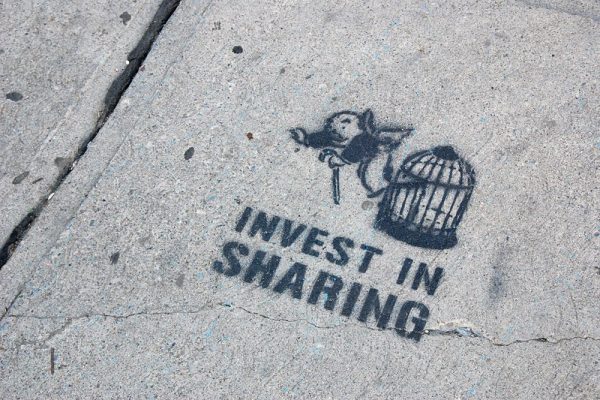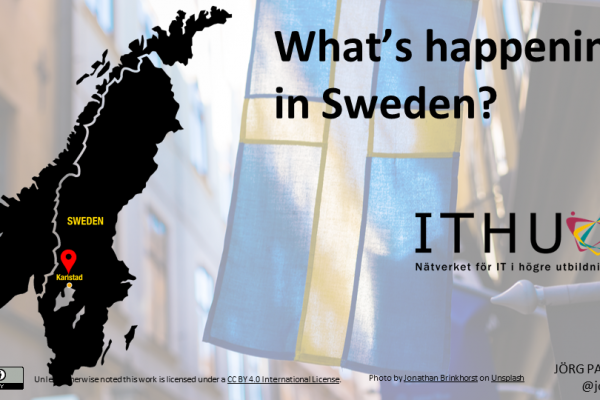In my final project for the Creative Commons Certificate course I will describe how I can best advocate for open values, practices and resources within institution and context. I will also highlight my key learnings from the course and try to offer some advice from my perspective. Finally, I will highlight a couple of challenges in my strive for the above.
I advocate for open values and practices including resources at Karlstad University as I truly belief that knowledge should be accessible to everyone, independent of means. In particular, if this knowledge is produced by public funds as in the case of my institution. In addition, digital technology enables us to make copies of a resource without inducing any cost. Digital technology also enables us to build upon previous works and changing them to one’s needs. Like at many other Universities, open seminars as well as an “open day” are common events at Karlstad University. I regard open courses carried out online simply as the “digital equivalent on steroids”. Had it not been for the limiting factor of the physical classroom and for the human need to reduce uncertainty, we could have had open courses also analogue on campus. With digital technology enabling us, we can and should practice research and teaching openly. Something, which we were simply not able to do pre-internet.
One key learning of the course was the difference between adaptations and collections and brilliantly described by Nate Angell with the metaphor of a smoothie and a TV Dinner. Connected to this is the learning that I am able to reuse even ND licensed works in a powerpoint presentation or a blog post, which enables me to draw on even more works in the future.
My advice to others advocating on open values on practices is to start with something practical and relevant to whoever you speak to. In the context of higher education this is often using pictures for blogs or presentations. I try to make several small workshops in different courses and for different faculty members on this topic and it is generally appreciated. We get into the question about what one should do before reusing a picture one finds on the internet. The majority understands and subconsciously knows that they need to ask for permission to reuse pictures from the copyright holder. I often ask how many people have done that and it is usually very few in the audience. We come to the understanding that we breach copyright law very often. I then explain that there is a relatively easy solution, which turns around the process of asking. That in some cases, people WANT others to reuse the material and be able to build on it, for whatever reason. I go on and explain that in this flipped way, one can publish a picture and at the same time tell everyone, what he or she can do with it. No asking needed. That is done with the help of Creative Commons.
A struggle I sometimes encounter with students or colleagues is that they do not care whether or not they breach copyright law. I sometimes “scare” people then with the real story of my colleague who actually got sued for a copyright breach – roughly 3.000 USD.
In the following, I provide a small list of additional resources which might get you even deeper into the topic of open licensing. Thank you for a very good online course. I learned a lot and am more confident now on using Creative Commons licenses and also learned a lot about designing online courses, which was a very nice side effect.





